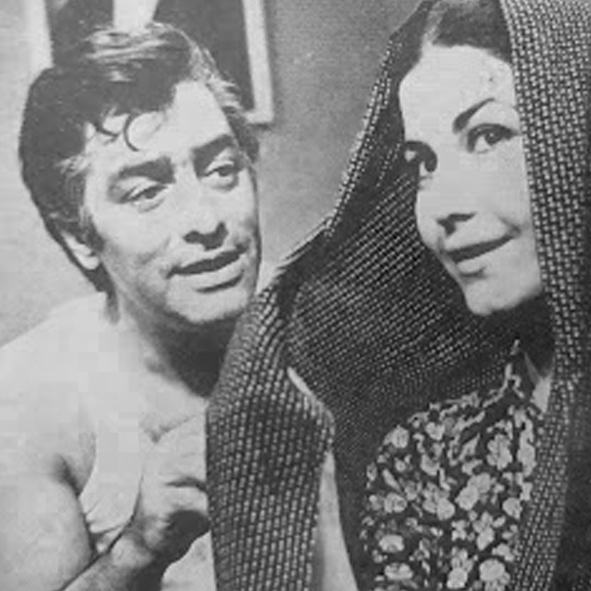
Cite this article

The term “local genre” is one of the terms that may not be accepted by all cinematologists and film critics because genre is defined as a global category and is less attributed to a specific region or nation. However, this research considers it possible to use the term local genre with a simple definition. In many cases, local genres are subgenres or hybrid genres with features that are less common elsewhere. In fact, by repeating some special features in the production works of a subgenre or hybrid genre in the films of a nation or region and, of course, by the presence of a significant number of works in that genre, these subgenres or hybrid genres will become local genres. In most cases, local genres are considered a subset of commercial cinema, which has succeeded in gaining a large audience by repeating the content, characterization, and other elements that have attracted the attention of the public. Martial arts films in Hong Kong, Spaghetti Western in Italy, Masala in India, Heimatfilm in Germany, Anime in Japan, and of course, Filmfarsi in Iran are among the local genres that have special characteristics in their genre components that have clear distinctions with the dominant genres of Hollywood. The study of a wide range of local genres proves that there is a constant process in the development of these genres that is influenced by the national and cultural identity of that genre’s region. In this research, by studying the prominent components of Iranian national identity during the formation of the Filmfarsi genre, we will study the role of these components in the development of this genre and the representation of national identity in influential films of this genre. Filmfarsi movies, like movies of other local genres, despite their clichéd and repetitive content and structure, refer to the national concerns of their time and use allegories and metaphors common in Iranian culture to express these concerns. The confrontation between modernity and tradition, as well as the obvious Westernization of the nation’s elites and the confrontation of their opinions with the culture of the uneducated majorities, were among the prominent elements of Iranian identity in this era, which, in addition to establishing the origins of this genre, also shaped the content of most of the films of this genre. In this research, by examining the genre component of Filmfarsi and the role of elements such as social context, cultural heritage, and confrontation with foreign cinema, especially Hollywood as the “dominant other,” we will examine the role of Iranian national identity in the development of Filmfarsi.


